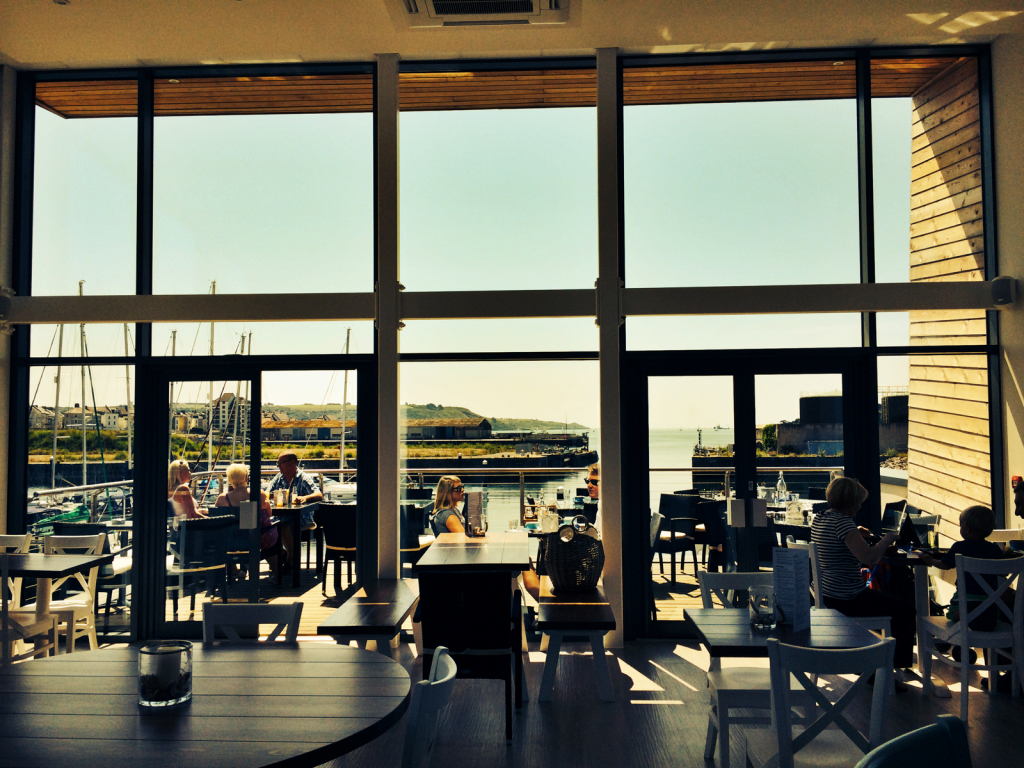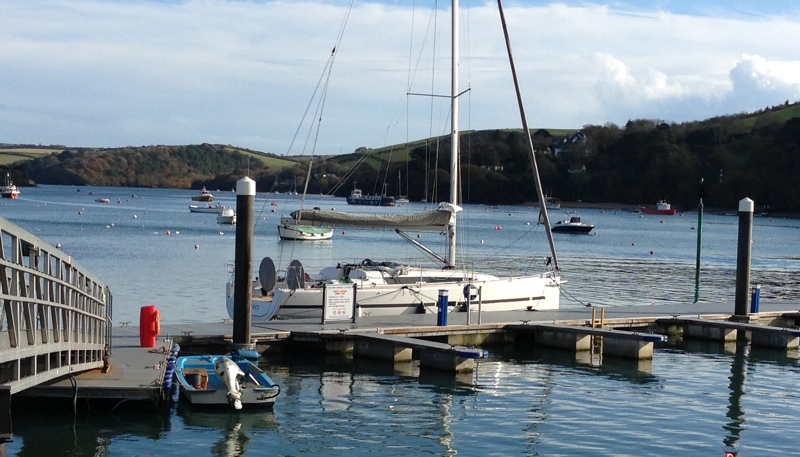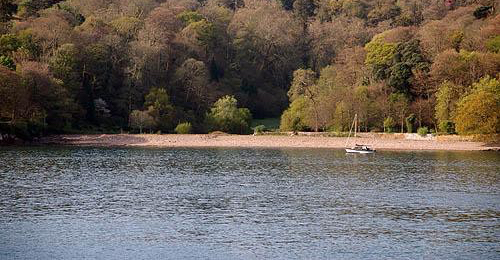
Barn Pool: This attractive little bay nestles beneath the grandeur of the National Trust’s Mount Edgcumbe Estate. Anchor close to the steeply shelving beach, from where it’s a couple of minutes walk to the Edgcumbe Arms. A perfect lunch stop, and a perfect place from which to observe the warships leaving and returning to the dockyard.
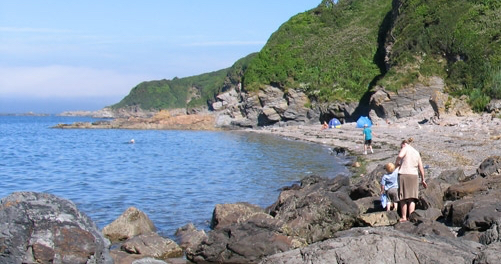
Jenny cliff: If the wind is in the east, it’s possible to tuck in under the sheer cliffs at Jennycliff, between Mountbatten Breakwater and Fort Bovisand. This is particularly useful when Cawsand is untenable.
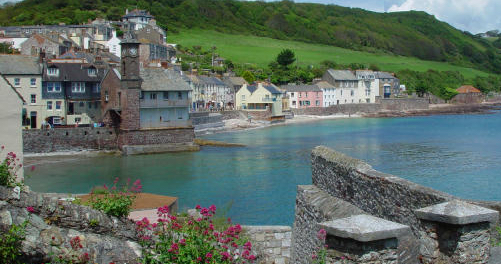
Cawsand Bay: A popular anchorage with good holding and plenty of space, just off the twin villages of Kingsand and Cawsand. Sheltered in the prevailing winds, particularly the south-west, this can be a wonderful lunchtime or overnight stop. There’s plenty of room to land on the beach and sample one of the several good pubs whilst admiring your boat. Although only a few miles from Plymouth Yacht Haven, this bay feels like a different part of the world, largely because it’s tucked away on a peninsula and takes what seems like several days to travel to by road!
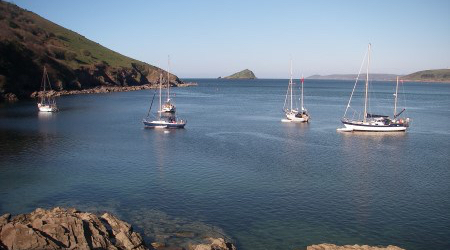
Cellar Bay: Tucked just inside the mouth of the River Yealm, this secluded spot is a perfect swimming destination in settled weather. Deep keeled boats will need to check tide-tables and be aware of the sandbar in the river entrance, but this really is an ideal spot for a picnic. On a rising tide, it’s great to follow a stop here with a meander up the creek at Noss Mayo, where you can tie up alongside the pub at high water and sample the delights of these pretty twin villages.
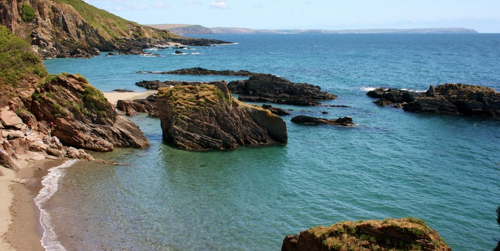
Stoke Beach: At the western end of Bigbury Bay and approximately 3 miles to the east of the mouth of the River Yealm. With the wind in the north or west, a pretty and sheltered short stopover, and a popular yet uncrowded beach for swimming.
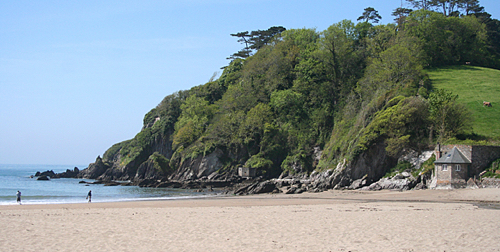
Mothecombe Beach: Identified by the old tea-room, constructed by the owners of Flete in the last century for private picnics, Mothecombe Beach is privately owned by the Flete Estate, but is open to the public on certain days of the week. For more information, visit www.flete.co.uk. The estuary to the east and north of the beach dries at LW, but is a mecca for paddleboarding, kayaking and windsurfing, and can be explored upstream by dinghy for a couple of miles. The estuary is carefully managed as a haven for wildlife, and kingfishers, cormorants and herons are just some of the many species which may be spotted.
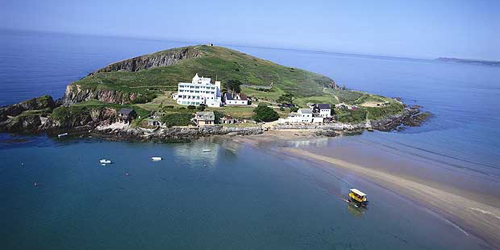
Burgh Island: Whilst on passage from Plymouth to Salcombe and beyond, Burgh Island tends to blend into the coastline, but in a small boat and settled weather, is well worth a closer look. Separated from the mainland by a tidal causeway and famous for its Art Deco style hotel, a favourite of Agatha Christie, this really is one of the gems of the South Devon coastline.
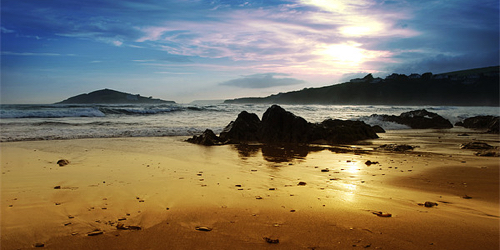
Bantham Beach: Situated in a designated AONB, it offers beautiful scenery with panoramic views over Bigbury Bay and the famous Burgh Island.
Bigbury Bay itself is a shallow sandy bay, which makes Bantham an ideal beach for swimming and paddling for all the family. Owing to the natural topography of the bay, Bantham also has a reputation as one of the best surf beaches in Devon.
At low tide the beach opens up to reveal acres of shallow sandy pools warming up quickly in the sun to create ideal play areas for toddlers. Venture over to the South end of the beach and the low tide will expose a fantastic array of rockpools below the headland.
The estuary and surrounding area are a natural haven for wildlife and enjoyed by walkers using the coastal footpaths. Bantham remains unspoilt and the beach is managed with the aim of keeping it as natural as possible.
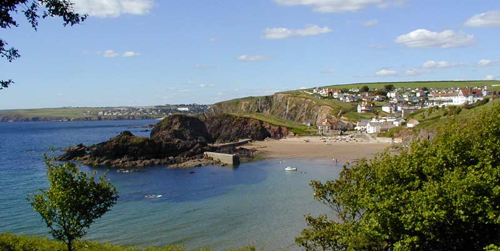
Hope Cove: A beautiful coastal sanctuary, a place to relax and unwind. Once a favourite haunt for smugglers, now a charming holiday destination.
The picturesque fishing village of Hope Cove is two villages in one – Outer and Inner Hope. At Inner Hope there is a collection of cob or stone cottages, thatch galore, around a tiny square. The windows are bright with geraniums and you need to bow your head to enter the cottages.
